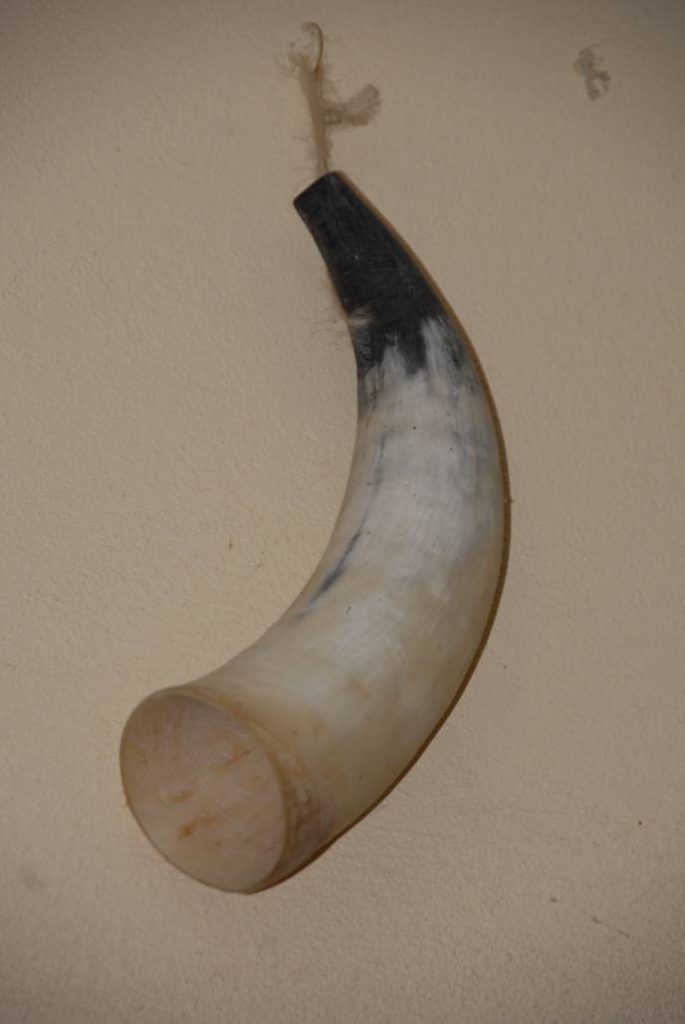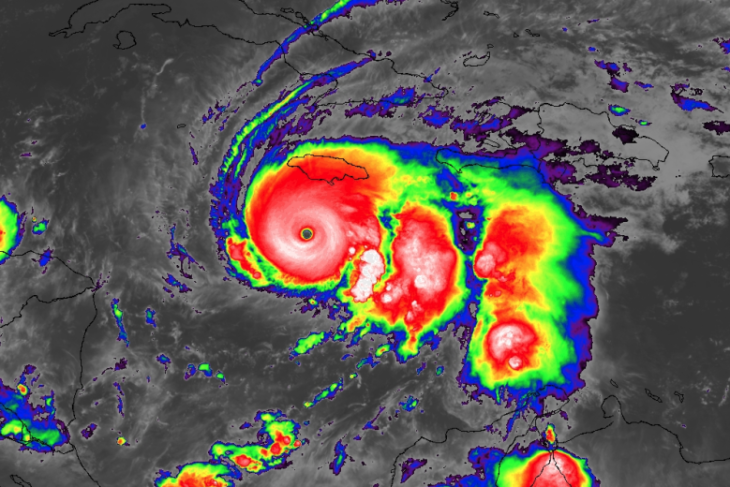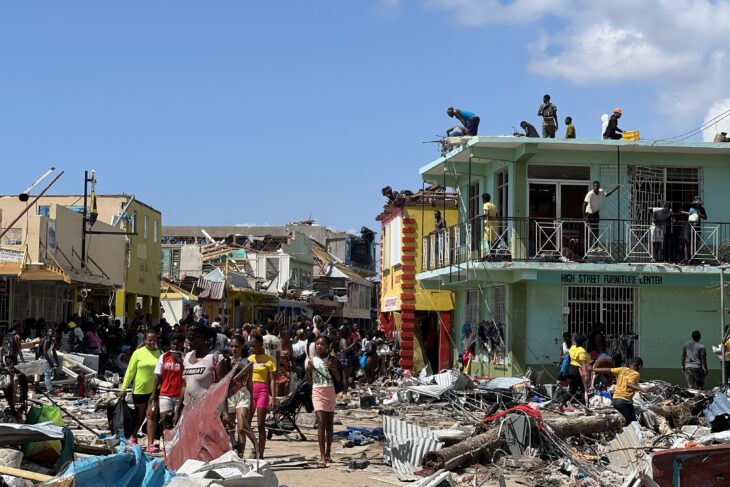
Spanish Town was laid out by Christopher Diego, the son of Europe’s first official tourist to Jamaica, Christopher Columbus and was Jamaica’s capital from 1534- 1872.
We begin our journey at Ferry which was part of a swamp. In 1677 a contract was given to William Parker to operate a ferry across this swamp and he was instructed to capture runaway slaves. He constructed an inn so that on the journey between Kingston and Spanish Town one could stop for refreshment.
Across the road from what is now Ferry Police Station, is the site of a cotton tree called Tom Cringle’s log, which is the title of a 19th century novel by Michael Scott(1833). The tree collapsed in 1971.
Next is White Marl near Central Village, which was a large Taino settlement. We pass the Registrar General’s Office which was transferred from Spanish Town. Next is the Jamaica Constabulary Training School formerly the site of the Jamaica School of Agriculture transferred from near Hope Gardens and then called Farm School.
We now reach the Rio Cobre River so called by the Spaniards because it reminded them of copper. To the right is the Old Iron Bridge that was erected in 1801 from prefabricated segments of cast iron shipped from England. This is the first iron bridge in the New World and the only one which has survived!! The cut stone foundation was erected in 1675. Up stream is the famous Flat Bridge built in the 1770s and Traffic Lights installed in 1998.
We turn to the right and at left is the District Prison where hanging started in 1714.
We now reach the Cathedral of St. Jago de la Vega, the oldest in the former British Colonies. It was built in 1666 on the site of the 1523 Roman Catholic Church called the Red Cross, one of the first Roman Catholic Churches in the New World. In 1843 it was declared a Cathedral, the first Anglican Cathedral outside of England. The records in both the Baptismal and the Burial Registers start from 1668. Inside are monuments by the famous British sculptor Francis Bacon, the grave sites of the many associated with Jamaica in general and St. Catherine in particular including the benefactors of what is now St.Jago High School. In the east window is a stained glass window to commemorate Jamaica’s Independence in 1962. The present head of the Roman Catholic church in Jamaica, Archbishop Kenneth Richards was baptized in the Cathedral and Mr. Trevor Beckford alumnus of St. Jago High School was for over fifty years organist at the Cathedral.
We hasten to go to the Old King’s House where from the steps on 1 August 1838 the Act for the Abolition of Slavery was read. In 1865 Paul Bogle now Rt. Excellent Paul Bogle, National Hero walked eighty miles back and forth from Stoney Gut in St Thomas, to see the Governor to discuss living conditions in that Parish. The Old King’s House was destroyed by fire in 1925 and two chandeliers saved were bought at an auction by Mr. Lindo and donated to the Institute of Jamaica.
Our next stop is the National Archives where historical records of Jamaica are preserved. These include Maroon Treaties, documents signed by George Washington, Louis xvi, Toussaint L’ Overture, Queen Vctoria, Queen Elizabeth ll and Emperor Haile Selassie. The marriage record of Annie Palmer of Rose Hall and precautions about the cholera outbreak in Jamaica in 1850 are all there.
We proceed to Phillippo Baptist Church named after Rev. J.M. Phillippo who came to Jamaica as a missionary in 1823 and was minister at that church for fifty years until his death in 1879. At first he was denied licence to preach. He was responsible for the establishment of Free Villages, the first at Sligoville in St. Catherine in 1834.
The Rodney Memorial is an impressive site built to honour Admiral George Rodney who saved Jamaica from the French and during the war took plants from a French ship, one of which was the Number Eleven mango. There are two cannons from the French ships beside the statue.
In 1671, Spanish Town was the first British Colony to establish a post office. Next year will be a significant 350th anniversary.
Beside the Old King s House is the People’s Museum of old Jamaica.
Mention must be made of the Old House of Assembly and Supreme Court erected in 1762, which now houses the St Catherine Parish Council. Parliament used to be kept at the vestry in the churches but because of the behaviour of some members it had to be transferred to a new space. Peter Beckford Speaker of the Assembly and benefactor of St.Jago High School was the first Jamaican to attend Oxford University.
We cannot leave Spanish Town and not peep at Adelaide Street named after Queen Adelaide wife of King William the Fourth sailor prince ( first member of the British Royal Family to visit Jamaica). He visited Jamaica with Admiral Lord Horatio Nelson and was introduced to Couba Cornwallis of Port Royal who gave him ” herbal medicine”. When he told his wife about Couba she sent a dress for her.
Our journey ends at Monk Street associated with Dr, Hans Sloane who lived there and came to Jamaica in 1687 as doctor to Christopher Monck the 2nd Duke of Albermarle, Governor of Jamaica. You now know the connection of the name without the “c” Dr. Hans Sloane took a significant collection of preserved flora and fauna to England and this formed part of the founding collection of the British Museum. His recipe for chocolate was developed by Cadbury. So remember MONK Street when you bite the chocolate.
Much is owed to persons like Ms Olive Senior, who record our heritage. The Rt. Excellent Marcus Mosiah Garvey said ” A people without the knowledge of their past history, origin and culture is like a tree without roots “



